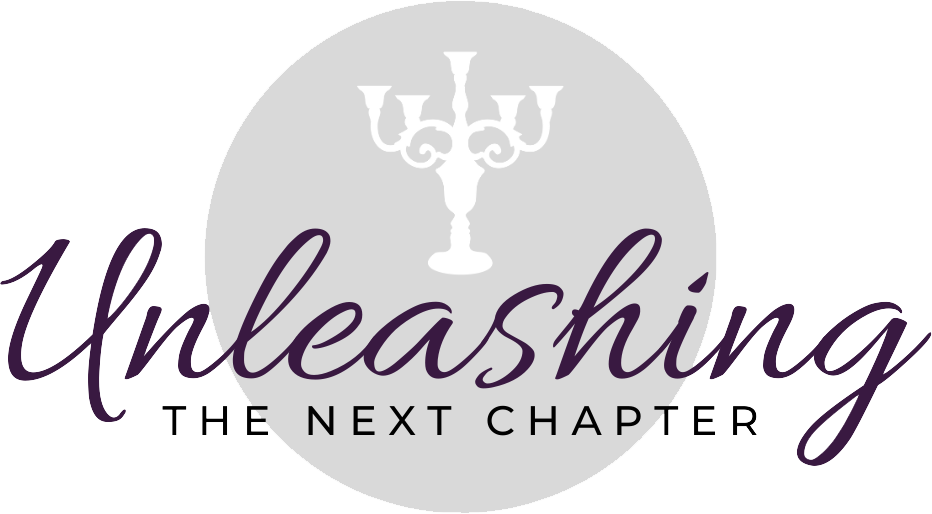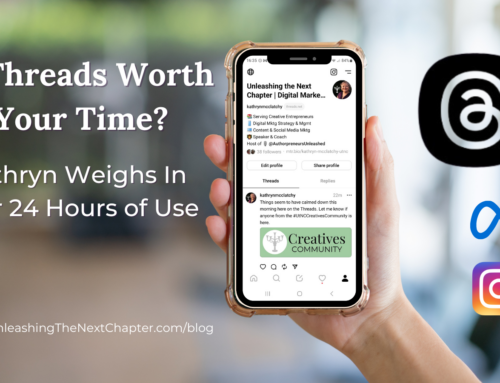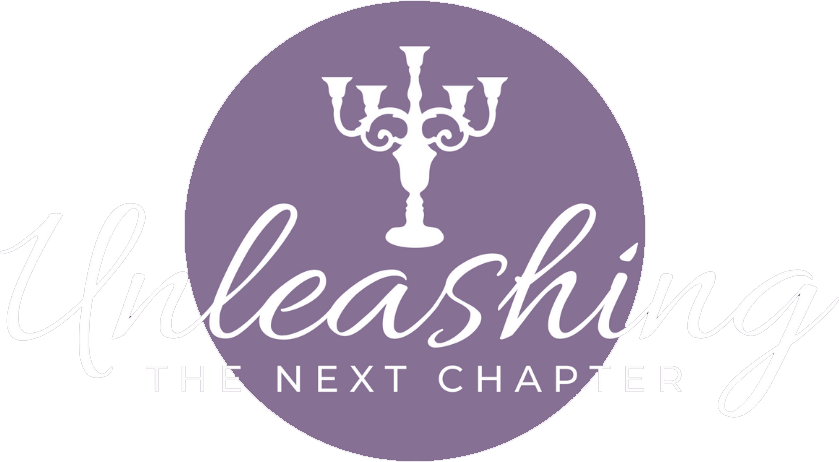I’ve gotten a number of questions about Twitter and scheduling posts recently. I’m hoping this will be useful for those new to Twitter, and those wanting up up their tweeting game. If you are already asking what the Twitterverse is, and what are people saying with all the shorthand and acronyms and abbreviations, then check out this glossary from the Twitter Help Desk.

Not only do I Tweet as my personal and author brand, but I manage a couple other social media accounts for non-profits and coach others on social media management. Between the various accounts, I am averaging between 10 – 30 % annual growth rates of followers and engagement.
That being said, my first caution or reminder is that there is a reason it’s called “social media.” You can post to Twitter great stuff, five times a day, consistently for a year, but if you don’t engage with others and join in the communities, it probably isn’t going to get you the results you hope for. My Twitter account was stagnate for almost a year even though all my other platforms were growing nicely. I asked a friend who seemed to have the magic touch to audit my Twitter profile and account and see what she suggested. Sarah came back within a couple days and said my content and post schedule was great, but I wasn’t being social enough, or personable enough. I was treating my Twitter account like a business correspondence rather than SOCIAL notes. Since then all my Twitter accounts have doubled their following, and I’ve had a lot more fun.
I am assuming you have already created a Twitter account, and know the basics of how to Tweet, ReTweet, Reply, and Direct Message. I’m also making the assumption you might be a writer, and trying to build your author platform, since that’s who most of the questions I’ve fielded lately have come from. But please don’t go if that’s not you. This information serves for any small business entrepreneur. Just know that the examples given below are specifically for mystery writers –I’m writing what I know. If you need more specific suggestions, just leave me a question in the comments below.
Let’s get started…
- The best rule of thumb for Twitter marketing is that at least 80% of your Tweets should be original content. If you are simply posting quotes or “buy my book” or retweets, you won’t see the growth or sales you want.
So, just to get you thinking… I create a content calendar for each of my clients or my own writerly endeavors. Each month I look ahead to see the special events for the organization, the relevant advocacy days, or holidays, and I create posts for those. Hootsuite and Buffer, the two free scheduling apps I recommend, both have a calendar feature, but many people just use a MSWord Docx or a spreadsheet for their planning–whatever you are most comfortable with. Stick the important posts and graphics in on the key dates first.
If this is your first time to plan your Twitter content calendar, you may want to start with just a week at a time and work the kinks out of your system before you stretch it to two weeks/half a month, and then a full month. I know people who plan quarterly, but so far that hasn’t been something I want or need to do. Also, most of the following tips and tricks have applications for developing your content calendar for other social media platforms. I do them all at the same time in Asana, and if you want to know how, look at this blog post.
In the content calendar, before you even open Twitter…
- Make sure you have the right hashtags to go with them. Best practice is to use at least one, and no more than three hashtags per post. Make sure they are relevant to your post. If you are posting something for Dallas Mystery Writers, use #dfwWORDwriters (to get the local writing community’s attention) and #mysterywriters (to get the attention of all the mystery writers on Twitter. If you are posting to promote your own novel, you would want to add #NovelTitle, #mysteryreaders, #theme (ex. #truthalwayscomesout) or #setting (ex. #TexasPlains).
Reaching out to the writing community is important because most writers are readers, but also make sure you post to your ideal reading audience and where they are on the internet. I’m writing a medical thriller, so am active in the medical community hashtags as well as the reading community using #amreading, #bibliophile, #cozymystery, #murdermystery. You can go to Best-Hashtags for more ideas specific to your topics. It’s also a good idea to use the search function in twitter and check out the hashtag to make sure it is being used like you think it should. I intended to use a certain word in a silly personal post one night after Hubby and I had been at the laundromat, and found that word is now used to describe a risque sex act. I did not want to direct my followers there, nor attract that crowd.
- Especially if you are doing this as marketing, make sure you post as many relevant topics/types of posts as possible while keeping in mind the 80/20 rule of original content to other stuff.
- #WritingTips you have learned along the way?
- Observations you’ve made about the #writinglife, a relevant current event you are following (be careful about politics if that’s not your genre. You can endear or lose half your audience quickly), or the locale where you set your story, etc.
- Quotes…Consider quotes from your book that you are promoting, quotes from the speaker you are advertising, something relevant to the date, or quotes from authors your readers would be fans of. I LOVE Agatha Christie and Daphne du Maurier and will quote them any time I can.
- Ask questions or use the poll option to get feedback from your target audience.
- Share some of that character bio or info dump you deleted from your manuscript.
- “this day in history” type posts that are relevant to your topic, genre, setting, or historical period.
- Once every 10-12 posts, throw out something personal about you. It doesn’t have to be too personal, or even current–perhaps your favorite place you ever visited, what you wanted to be as a child, why your first job was the best/worst, something about a non-reading/writing related passion or talent, for example, if you are a tea/wine/coffee/bourbon aficionado, post a “what’s in my glass” Tweet with an opinion or factoid.
- Host a Q&A. I have gotten a lot of engagement this way, and met some really interesting people. You can make it a “ask me anything” event or specify the topic. Remember to set a time limit (I’ll answer all questions posted in the next hour by 8 pm tomorrow.)
- Caption this photo… the photo can be from a recent trip, or something goofy you saw and snapped with your phone. Maybe offer a free download of your eBook for the best caption, or 60th response.

- Add images for most of your posts. Original graphics or photos are the best, but you can also use gifs or pull images from Pixabay or CreativeCommons without worrying about the copyright. The people who analyze these things say that an image will significantly increase the chances of getting your post read, and having an image of a cat or dog ups the chance even higher. I used to argue that surely isn’t relevant for us readers and writers. We’re all about the words. Heck, I even dream in words. But my experience has shown the social media analysts and their computers were right, and my intuition was very wrong in this. Add images, and make sure they are cropped correctly for Twitter. You can post whatever size or shape image you want, but only a portion of it will show unless it is a landscape, more wide than high. If you want to be technical, images can be 1024 x 512 pixels, but will appear in stream collapsed to 506 x 253 pixels. If you are not a wiz with the graphics, or just want a fast and easy way to edit your images, I recommend Canva, and it has all the social media platforms size requirements or recommendations already set up as templates.

- Now that you have all this organized, it’s time to schedule it.
- If you are only scheduling Twitter, not Facebook, Instagram or any others, you might want to use Twitter’s in-house Tweetdeck.
- Here’s a quick video showing you how to do that…How to Set Up Scheduled Tweets for Twitter
- As I mentioned above, Hootsuite and Buffer are the two apps with free plans that I find most useful for Twitter. Both are synced across devices, and accessed by username and password, so I can share that login info with others who are helping manage a client’s social media. Both are equally functional, and I use them both, but I find one to be a bit more intuitive in some areas than the other, one has more useful analytics, and one has a better planner/calendar feature for my needs. I’m not going to make a straight up recommendation on which you should choose, but here’s a good comparison video you can watch to get a better idea before you download and start to play with them, and then a specific tutorial to get you started.
- “Hootsuite vs Buffer (Social Media Management” is a good comparison, but she leads you to believe you have to pay to play. Not so. The basic, free option will let you do anything you need to do as a solo entrepreneur on both apps. Additionally, both have free mobile and desktop interfaces.
- “Buffer: How to Schedule & Automate your Social Media” gets really advanced and detailed at the halfway point, but the first half is an excellent tutorial for beginners.
- “How to Use Hootsuite in 11 Minutes” is a great tutorial for first time users, however, it does show you how to use a lot of features for multiple social media platforms, and may be a bit overwhelming. In the description box is a list of covered topics and their timestamps.
- If you go into both Buffer and Hootsuite’s Home pages, even before logging in or creating an account, you can find their libraries of articles, tutorials, tools, and tips at the very bottom in the footnotes section of both sites. There you can get an idea of what is offered and where to find more help if you need it.
- If you are only scheduling Twitter, not Facebook, Instagram or any others, you might want to use Twitter’s in-house Tweetdeck.
Are you still with me? I hope that answered your questions, at least enough to get you started on Twitter with some confidence, and considering ways to make your time on social media more effective and efficient. Many writers claim they don’t get on Twitter because it’s a time-suck, or they feel like they are screaming into the wind. It doesn’t have to be that way. I have made wonderful friends through Twitter, humans who I have since met in real life. I have interacted with international experts from a variety of disciplines that I never would have met in my small town, or even in the 25 years I lived in the Dallas/Fort Worth Metroplex.
If this was too much, too fast, or not enough to take you to the next level of the Twitterverse, please send me a message. For anything that requires more than a brief email response, I’m also available to hire for social media audits and one-on-one coaching. More important though is to just get on Twitter and start playing with it. I would love to be your next Tweet! My username is @K_McClatchy.

 Reaching out to the writing community is important because most writers are readers, but also make sure you post to your ideal reading audience and where they are on the internet. I’m writing a medical thriller, so am active in the medical community hashtags as well as the reading community using #amreading, #bibliophile, #cozymystery, #murdermystery. You can go to
Reaching out to the writing community is important because most writers are readers, but also make sure you post to your ideal reading audience and where they are on the internet. I’m writing a medical thriller, so am active in the medical community hashtags as well as the reading community using #amreading, #bibliophile, #cozymystery, #murdermystery. You can go to 




Amazingly helpful, ty for helping clear up so much.
Excellent! See you on Twitter 😀